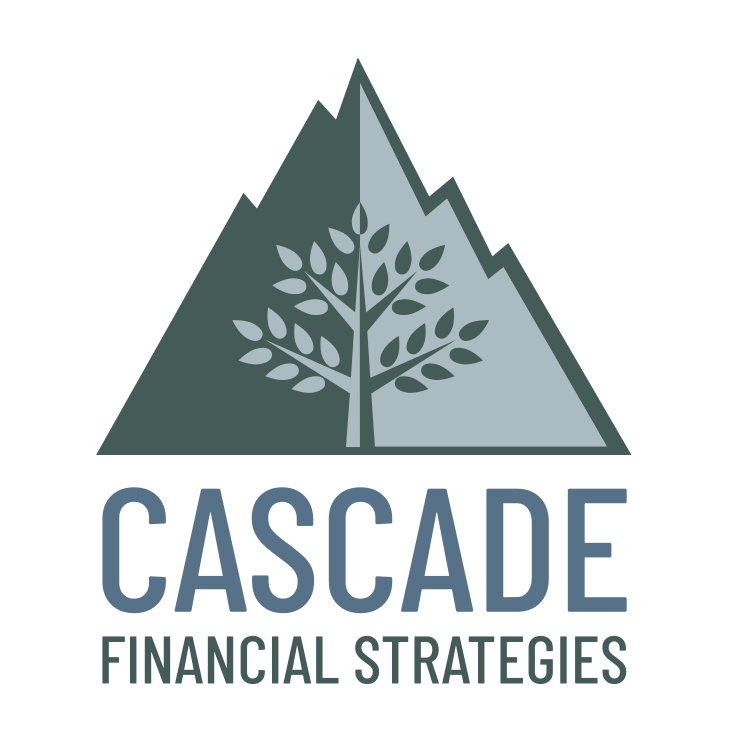
Hopefully this update from me is not the first you’ve heard of the recent market volatility. If so, the numbers below may be a bit scary, although the perspective I’ll attempt to provide should ease some of the concerns.
On Thursday of last week the S&P 500 gained 2.5% and the Nasdaq Composite jumped 3.1%. The fun didn’t last long with a massive selloff on the final day of April. The S&P dropped -3.4% while the NASDAQ, partially due to an earnings miss by Amazon, fell -4.17%. Incidentally, before Amazon reported, earnings from the vast majority of companies have exceeded expectations. This may indicate that the more vital issues are inflation and how the Federal Reserve is attempting to address it.
With the likelihood of additional wild swings in markets, it’s important to remember that moves like these are not abnormal. Within most calendar years -10% corrections happen annually, and -5% corrections usually occur around 3 times per year. Although this kind of volatility is painful in the short run, it’s part of the risk/return tradeoff that also creates opportunities (see below). It’s also worth mentioning that most analysts are still projecting that the S&P 500 will be at levels between 4500 to 5000 by the end of the year. This represents a rise from current levels of approximately 10% to 20%!
Below are opportunities created by volatile markets. I will be implementing these strategies in accounts where it’s appropriate.
· Buying growth positions at lower prices. Consider making contributions now, with funds that were slated for investment sometime this year (IRA contributions, excess savings, etc.).
· Harvesting tax losses and shifting the funds into similar assets – some that are now offering higher yields for income-oriented accounts. If you are currently taking distributions beyond what is needed for your expenses, or you have other sources of income that you can rely on, consider postponing or reducing these distributions.
· Take advantage of conversions from Traditional IRAs into ROTH IRAs. If markets bounce back as we expect, this growth will occur in a much more tax-advantaged manner inside a Roth which will partially make-up for the taxes paid due to the conversion.
The economy consistently follows paths of expansion and contraction, although the graph is never a smooth line. Until recently, there has not been much talk of a contraction in the near future. There are still many positive factors that favor strong business activity and growth. As always, successful investing depends on minimizing risks through diversification and other means, with time “in” the market as the main driver of returns. I will continue to attempt to position portfolios accordingly and to look for opportunities to protect and to grow assets.
Please don’t hesitate to reach out if you would like to discuss the current environment or anything else related to your accounts and financial plans.
Best Regards,
Jack
Jack Schniepp is a CERTIFIED FINANCIAL PLANNER™ (CFP®, ChFC®) and the owner of Cascade Financial Strategies. CFS is a registered investment advisor located in Bend, Oregon and licensed in Oregon, California, Washington, Arizona and Idaho. They specialize in socially responsible investing which integrates environmental, social, and corporate governance (ESG) criteria into portfolio construction.



